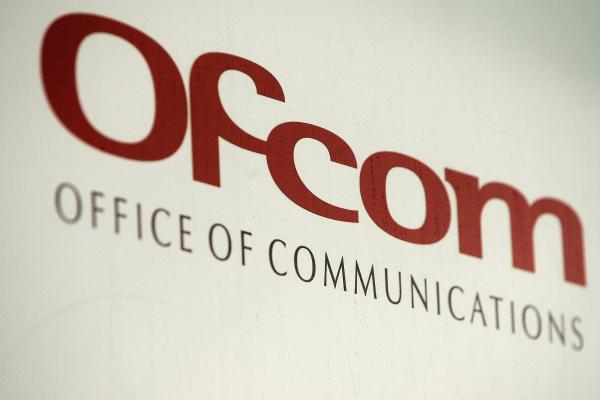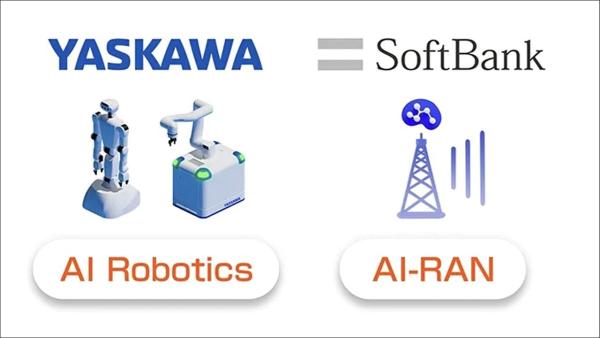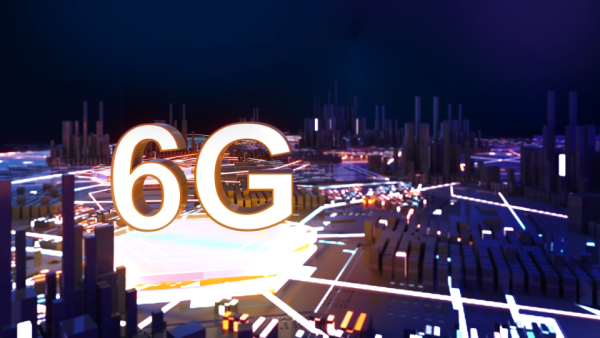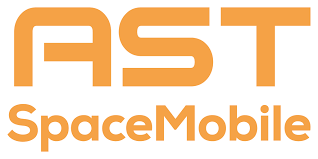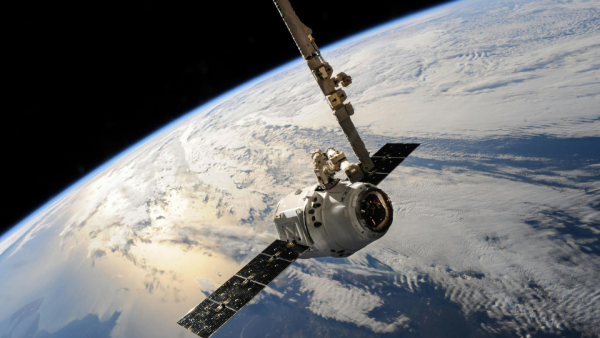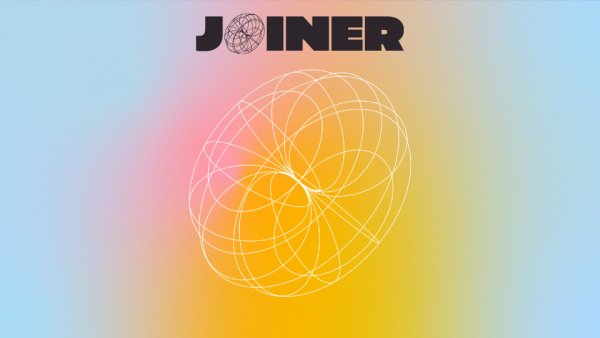Written by Kelsey Ziser for LightReading.com
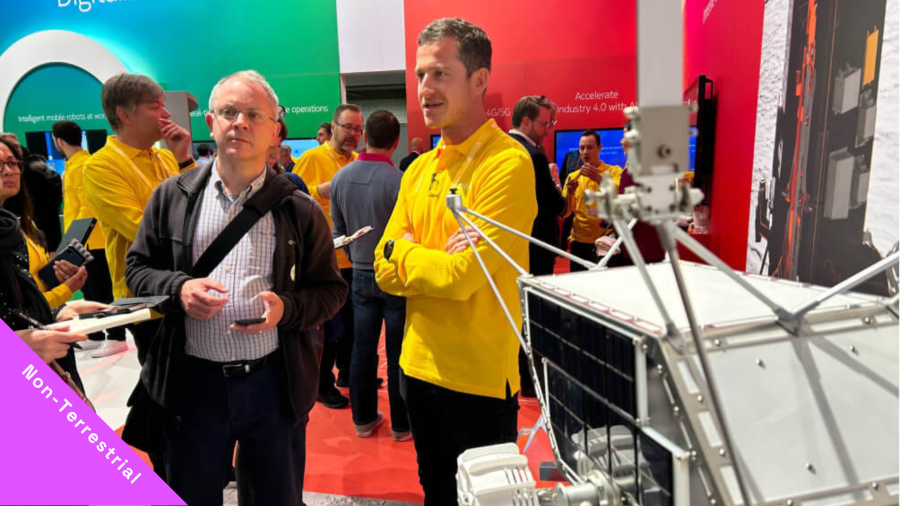
If 4G LTE had a theme song, it would be Johnny Cash's "I've been everywhere." Now, the cellular network is heading to the final frontier, the south pole of the moon, via Nokia Bell Labs' lunar rover.
Together with NASA, Intuitive Machines, Lunar Outpost and SpaceX, Nokia plans to launch a rover and lander later this year for a two-week IM-2 mission. NASA awarded Nokia the contract for the mission in 2020 as part of the space agency's Tipping Point program, which supports "industry-developed technologies that will benefit future space exploration," Luis Maestro, principal engineer, DMTS for Nokia Bell Labs, told Light Reading at this year's Mobile World Congress event.
Nokia said the IM-2 mission will be the first cellular 4G LTE network on the moon, with a goal of proving that terrestrial cellular technologies can be used to provide connectivity on future lunar missions.
LTE was specifically chosen for the mission because "LTE/4G is well-established in terrestrial networks, provides excellent performance and economies of scale, and meets the initial mission requirements. Also, LTE/4G has a well-defined path to 5G," wrote Thierry E. Klein, head of the enterprise and industrial automation research lab at Nokia Bell Labs, in a blog about the project.
"Nokia's lunar network consists of an LTE Base Station with integrated Evolved Packet Core (EPC) functionalities, LTE User Equipment, RF antennas and high-reliability operations and maintenance (O&M) control software," Klein said.
Klein explained that the LTE Base Station will have integrated EPC capabilities and a passive antenna system, and will be mounted on Intuitive Machines' lunar lander. The LTE User Equipment, which includes an omni-directional antenna, will be mounted on the rover.
The rover will reach the moon via the lander and will be autonomously deployed once it reaches the moon's surface. Then, an LTE link will connect the lander and rover to achieve connectivity on the moon.
"We are building entire LTE networks that will enable two-way, real-time communication between the rover and the lander," explained Maestro.
The rover's objectives are "first to test very close proximity communication up to a couple of hundred meters, and secondly to test longer-range communication with a range of two to three kilometers away from the lander," said Klein.
Nokia's Lunar Outpost rover will send real-time video and telemetry to Intuitive Machines' mission control center. Learnings from the IM-2 mission will be used within NASA's Artemis program to develop sustainable operations on the moon by 2030 and prepare for missions to Mars.
Click here to read the original article.
Luis Maestro of Nokia (in the yellow shirt) shares updates on Nokia's 4G LTE connected moon rover during a demo at MWC 2023. (Source: Kelsey Ziser/Light Reading)

